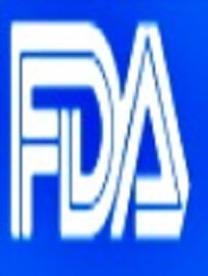Last Tuesday, the FDA issued two draft industry guidance documents advising pharmaceutical companies on how to accurately communicate information concerning prescription drugs and medical devices on social media and other Internet platforms. The first guidance contains recommendations for promoting medical products on social media and internet platforms with character limitations, such as Twitter or paid search engine results (e.g., Google or Yahoo!). The second guidance advises companies on how to correct erroneous information that is posted on independent third-party internet or social media forums.
The first draft guidance makes clear that, when promoting products on space-constrained platforms, companies still need to provide balanced information concerning the product’s risks and benefits. FDA recommends putting the most important information in the post itself, and including a link to a more complete discussion of the product’s risk/benefit information. For instance, FDA provides the following example of a promotional tweet for the fictional drug NoFocus, which comes in just under the 140 character limit [117/140]: NoFocus for mild to moderate memory loss; may cause seizures in patients with a seizure disorder www.nofocus.com/risk
The second guidance document addresses the issue of “misinformation” (i.e., “positive or negative incorrect representations or implications about a firm’s product”), sometimes contained in user-generated content (“UGC”) on independent third-party websites, such as Wikipedia, WebMD, or the numerous other health-related forums available online. The guidance acknowledges that companies generally are not obligated to correct misinformation generated by independent third parties, but makes clear that if a company voluntarily chooses to do so, it should correct all such misinformation in the particular forum, not just that which reflects negatively on the product. FDA recommends that corrections be narrowly tailored to address the misinformation, be non-promotional in tone, and include a direct link to the FDA-required labeling for the product.
The two new guidance documents are the latest installments in the FDA’s social media series. In January, the FDA issued a social media guidance document, advising pharmaceutical companies that use interactive social media (e.g., Facebook, Twitter) to promote their prescription drugs or devices on how to do so in compliance with the regulatory requirements for post-marketing submissions.



 i
i

